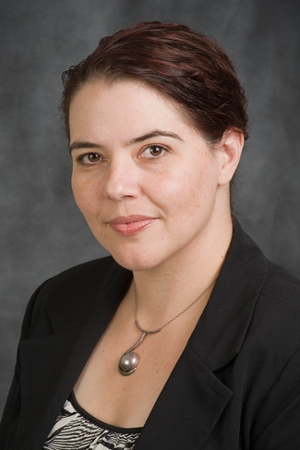 Southern Illinois University Edwardsville is one of 27 organizations across the U.S. selected by NASA to partner in a new strategic approach dedicated to engaging learners of all ages on NASA science education programs and activities. The agency will now begin negotiations for cooperative agreement awards totaling $42 million to implement the approach.
Southern Illinois University Edwardsville is one of 27 organizations across the U.S. selected by NASA to partner in a new strategic approach dedicated to engaging learners of all ages on NASA science education programs and activities. The agency will now begin negotiations for cooperative agreement awards totaling $42 million to implement the approach.
“SIUE is extremely proud to be among an amazing group of institutions chosen to advance NASA’s STEM education mission,” said Jerry Weinberg, associate provost for research and dean of the SIUE Graduate School. “Through combining the power of the internet with the engagement of citizen science, this unique project propels the University’s mission of global engagement and communication of knowledge to a new level.”
Supported activities will focus on Earth science, astrophysics, planetary science and heliophysics. SIUE’s commitment to STEM (science, technology, engineering and math) education is demonstrated in part by its innovative CosmoQuest virtual research facility, a second-generation citizen science facility.
In its proposal, SIUE described a partnership with NASA that would allow CosmoQuest to produce a regular series of citizen science portals that support the agency’s Science Mission Directorate (SMD) science and enable STEM education for students and the public through activities that support the CoSTEM National Education Goals.
“CosmoQuest is ready to serve as a facility that enables NASA science to enter every computer and smart device in an interactive way,” said Pamela L. Gay, PhD, director of CosmoQuest and assistant research professor in SIUE’s STEM Center. “The virtual facility allows the general public worldwide to not just learn through classes and web content, but to also advance science through citizen science.”
“Our published research confirms that the public can aid us in doing science, while we also improve U.S. scientific literacy. As a partner with NASA, our proposed programs will provide authentic engagement in research.”
With a portfolio of approximately 100 science missions, NASA's commitment to education places special emphasis on increasing the effectiveness, sustainability and efficient utilization of SMD science discoveries and learning experiences. Goals also include enabling STEM education, improving U.S. scientific literacy, advancing national educational goals and leveraging science activities through partnerships.
Agreement awards can run up to five years, with an additional five-year option. Final monetary awards are expected to be announced by the end of the year.
Photo: Pamela L. Gay, PhD, director of CosmoQuest and assistant research professor in SIUE’s STEM Center.